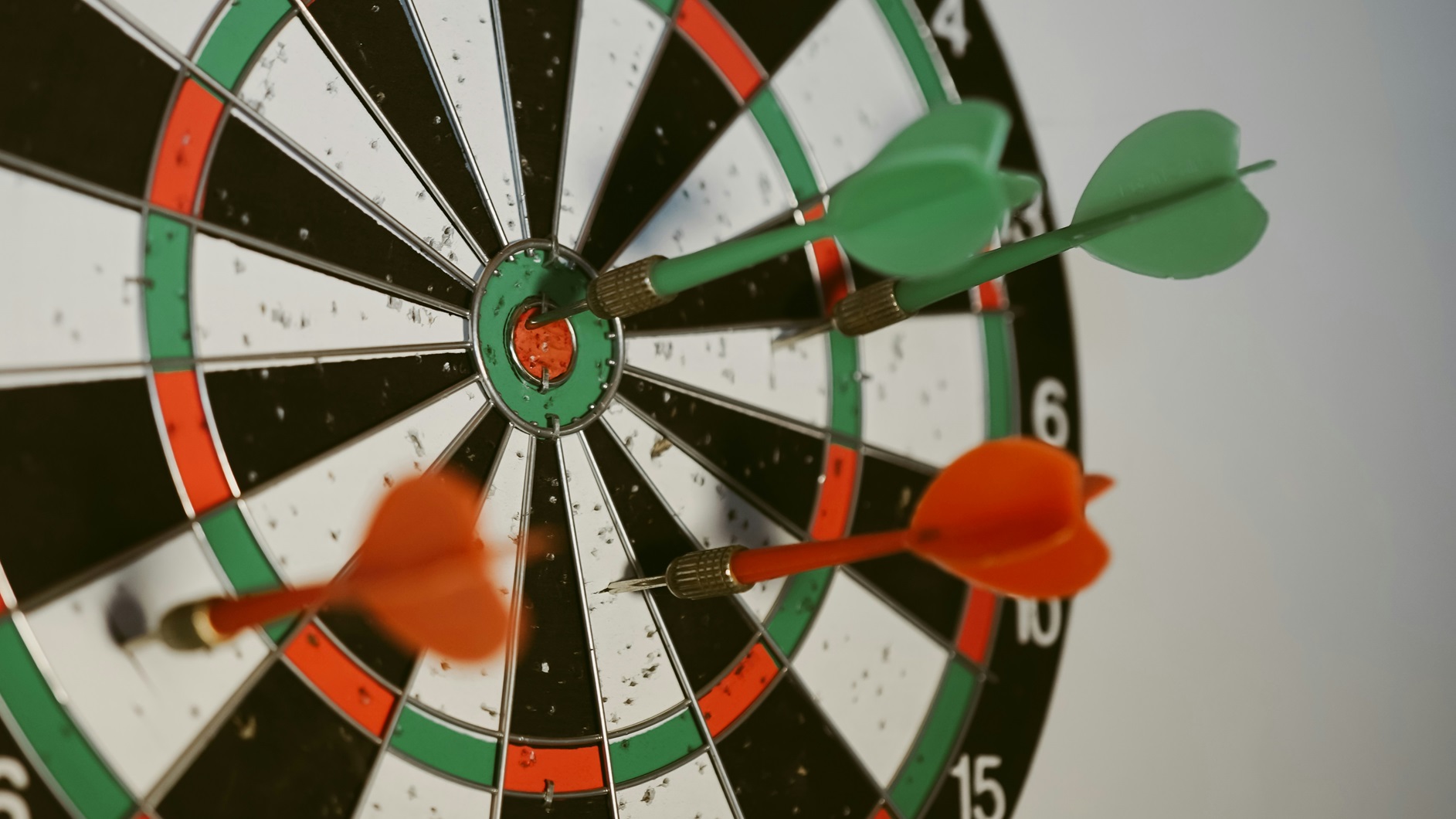How Learning Works: The Eight Learning Principles

The biggest investment we can do to enhance our teaching is to understand the learning
process in order to tailor our efforts to produce maximal learning. Lovett et al.
(2023) have reviewed the literature on learning in the past 60+ years and organized
it into 8 research-based principles.
by Michele DiPietro
Executive Director for Faculty Development, Recognition and the Center for Excellence
in Teaching and Learning and Professor of Mathematics
Kennesaw State University
Our teaching is only as good as the learning it produces. As experts in our respective
fields, we already possess deep content knowledge, but that is only half of the story.
What we try to pass on to students has to be interpreted and processed through their
filters, often with unpredictable and surprising results. Therefore, the biggest investment
we can do to enhance our teaching is to understand the learning process in order to
tailor our efforts to produce maximal learning.
Lovett et al. (2023) have reviewed the literature on learning in the past 60+ years,
drawing out the major threads. Learning sciences are a very interdisciplinary field,
drawing from cognitive, motivational, and developmental psychology, education, organizational
and group learning, and several disciplinary perspectives. They have organized all
the findings into 8 interrelated principles, illustrated below.
Lovett, et al. (2023) have organized their findings into eight interrelated principles:
- Students differ from each other in multiple dimensions—for example, in their identities,
stages of development, and personal histories—and these individual differences influence how they experience the world and, in turn, their learning and performance.
- Students’ prior knowledge can help or hinder learning.
- How students organize knowledge influences how they learn and apply what they know.
- Students’ motivation determines, directs, and sustains what they do to learn.
- To develop mastery, students must acquire component skills, practice integrating them, and know when
to apply what they have learned.
- Goal-directed practice, coupled with targeted feedback enhances the quality of students’ learning.
- The classroom environment we create can profoundly affect student’s learning, positively or negatively.
- To become self-directed learners, students must learn to monitor and adjust their approaches to learning.
Each of the eight principles is summarized below.

Each student in our courses is a unique individual, completely original and different
from other students. This is a truism, but what might be less obvious is that the
students’ own uniqueness affects their learning. This is true for their identities,
their level of development, particularly intellectual and social, and more (Patton
et al. 2016). When educators treat student differences as assets rather than deficits,
they create the conditions for students to flourish and continue forward in their
development and toward their academic success.

We think of prior knowledge as the foundation and the building blocks for new knowledge.
This is usually true, but in some cases prior knowledge can interfere with learning
and performance. Sometimes, prior knowledge is demonstrably inaccurate, yet strongly
embraced by the learners, as is the case with some misconceptions in physics and science.
Learners can’t make progress until they unlearn what they think they know. (Minstrell
1989). In other situations, their prior knowledge is accurate, but it might be applied
in inappropriate ways. For instance, in practicing a second language, a learner might
apply sentence constructions from the native language that are inappropriate in the
target language and impede her ability to communicate. Other times, prior knowledge
might be insufficient. Learners might know how to do something by rote but not understand
the conceptual underpinnings, resulting in overconfidence in their prior knowledge.
And finally, even when people do possess the necessary prior knowledge, they can fail
to activate it and bring it to bear on the current problem.

To learn something means to connect new knowledge with existing prior knowledge in
long term memory. The brain is wired to do just that and it does it even without our
awareness, creating networks of concepts connected in various ways. Unfortunately,
not all connections are equally useful. Experts’ networks are rich and meaningful.
They have more nodes, because they know a lot. They also have many more connections,
although the brain does not have the capacity to connect each node to every other
node. Therefore, experts make strategic connections among nodes, organized around
the underlying principles in their domain, and useful to solve problems. Novices,
too, organize their knowledge in networks. Their networks are predictably smaller
and with fewer connections. But the connections are more often built around superficial
features, like visual similarity, and less likely to help in problem solving (Chi
et al. 1981). The good news from this line of research is that novices too can develop
productive connections, with the appropriate support.

Motivated learners display certain behaviors that are known to aid learning and performance.
They make choices based on their motivation. They exert effort. They persist in the
face of challenges. They seek help when they are stuck. Research shows that even though
learners start with their own levels of motivation, educators can affect them based
on two levers: goals and expectations (Wigfield & Eccles 2000).
It is a truism that we are motivated to do what we consider important. If educators
can affect the perceived importance of a topic or a task relative to others, it will
cause a shift in motivation for learner. Common strategies to tap into involve activating
relevance, novelty, and complexity of the material, as well as social and emotional
goals.
In addition, we are motivated to expend our limited energies on tasks where we have
a reasonable expectation of success. This expectation can be affected by establishing
a clear linkage between the task and the learner’s goals, by bolstering the learner’s
confidence in their own abilities, and in creating an environment supportive of their
efforts.

Many of the skills we teach at the college level are complex and involve several sub-skills.
Writing well, for instance, requires knowledge of grammar, spelling, punctuation,
syntax, as well as a style, a good organization of ideas, and the ability to tailor
the output according to specific purposes, audiences, and genres.
In order to master any skill, learners must master each sub-skill and learn to integrate
them through a process that balances isolation and synthesis. Finally, learners must
acquire the ability to decide which sub-skill is needed in a specific situation. For
instance, mastery of data analysis involves knowing each specific statistical tool
(regression, ANOVA, Chi square), and knowing which tool applies with certain types
of data. While this description seems straightforward, teaching skills can be complicated.
Experts have automated their processes, and often lose the ability to verbalize them.
This speeds up their performance but can hinder their ability to unpack complex skills
into component skills for the benefit of the learners if they are not vigilant against
their expert blind spot (Sprague & Stuart 2000).

We commonly say that practice makes perfect, but that is not necessarily true. One
could be practicing and reinforcing bad habits that hinder learning and performance.
Learning scientists have identified the characteristics of the kind of practice that
makes indeed perfect, which they call “deliberate practice” (Ericsson et al. 2003).
Deliberate practice is informed by clear and measurable goals stated at the outset,
so that learners can direct their effort appropriately. Deliberate practice hinges
on constructive feedback—frequent, timely, and focusing on strengths as well as concrete
steps for improvement. Just as important is the opportunity to incorporate feedback
into further practice and iterate the cycle until mastery is achieved.

Those of us who have taught two back-to-back sections of the same course know that
each section develops its own personality—thoughtful or sassy, more or less formal
etc. What might not be apparently obvious is that the climate of a learning environment
impacts learning, especially if it implicitly or explicitly excludes certain students.
The tone we use in our interactions, our pedagogical “presence” in an online course,
even the content we choose to foreground, influences whether students feel they belong
in our course, and ultimately how they engage with the content or withdraw (Richardson
& Swan, 2003). As instructors we shape the course climate to a great degree, so we
can be intentional about directing it toward learning.

Once instruction is over, we want our students to keep learning independently and
strategically. For this to happen, student must develop their metacognitive skills.
In order to be strategic about their own learning, when faced with a new complex task,
learners must be able to: assess the task; evaluate their strengths and weaknesses
in relation to the task; plan an appropriate approach; execute the approach and monitor
the results; reflect and modify their approach as needed, in a cycle of improvement
(Zimmerman 2001). At the center of the cycle rest their beliefs about intelligence
and learning (whether intelligence is fixed or incremental and whether learning is
fast or gradual). Research shows that people are in general weak at most of those
skills, but that these skills can be taught successfully.
References
Chi, M.T.H., Feltovich, P. J., & Glaser, R. (1981). Categorization and representation
of physics problems by experts and novices. Cognitive Science, 5, 121–152.
Ericsson, K. A., Krampe, R. T., & Tescher-Romer, C. (2003). The role of deliberate
practice in the acquisition of expert performance. Psychological Review, 100, 363–406.
Lovett, M. C., Bridges, M. W., DiPietro, M., Ambrose, S. A., & Norman, M. K. (2023).
How learning works: 8 research-based principles for smart teaching (2nd ed). Wiley.
Minstrell, J. A. (1989). Teaching science for understanding. In L. B. Resnick & L.
E. Klopfer, (Eds.), Toward the thinking curriculum: Current cognitive research. Alexandria:
ASCD Books.
Patton, L. and Renn K. (1998). Student development in college: Theory, research, and
practice (3rd ed.). San Francisco: Jossey-Bass.
Richardson, J., & Swan, K. (2003). Examining social presence in online courses in
relation to students’ perceived learning and satisfaction. Journal of Asynchronous
Learning Networks, 7, 68-88.
Sprague, J., & Stuart, D. (2000). The speaker’s handbook. Fort Worth, TX: Harcourt
College Publishers.
Wigfield, A., & Eccles, J. (2000). Expectancy-value theory of achievement motivation.
Contemporary Educational Psychology, 25, 68–81.
Zimmerman, B. J. (2001). Theories of self-regulated learning and academic achievement:
An overview and analysis. In B. J. Zimmerman & D. H. Schunk (Eds.), Self-regulated
learning and academic achievement (2nd ed., pp. 1–38). Hillsdale, NJ: Erlbaum.




















